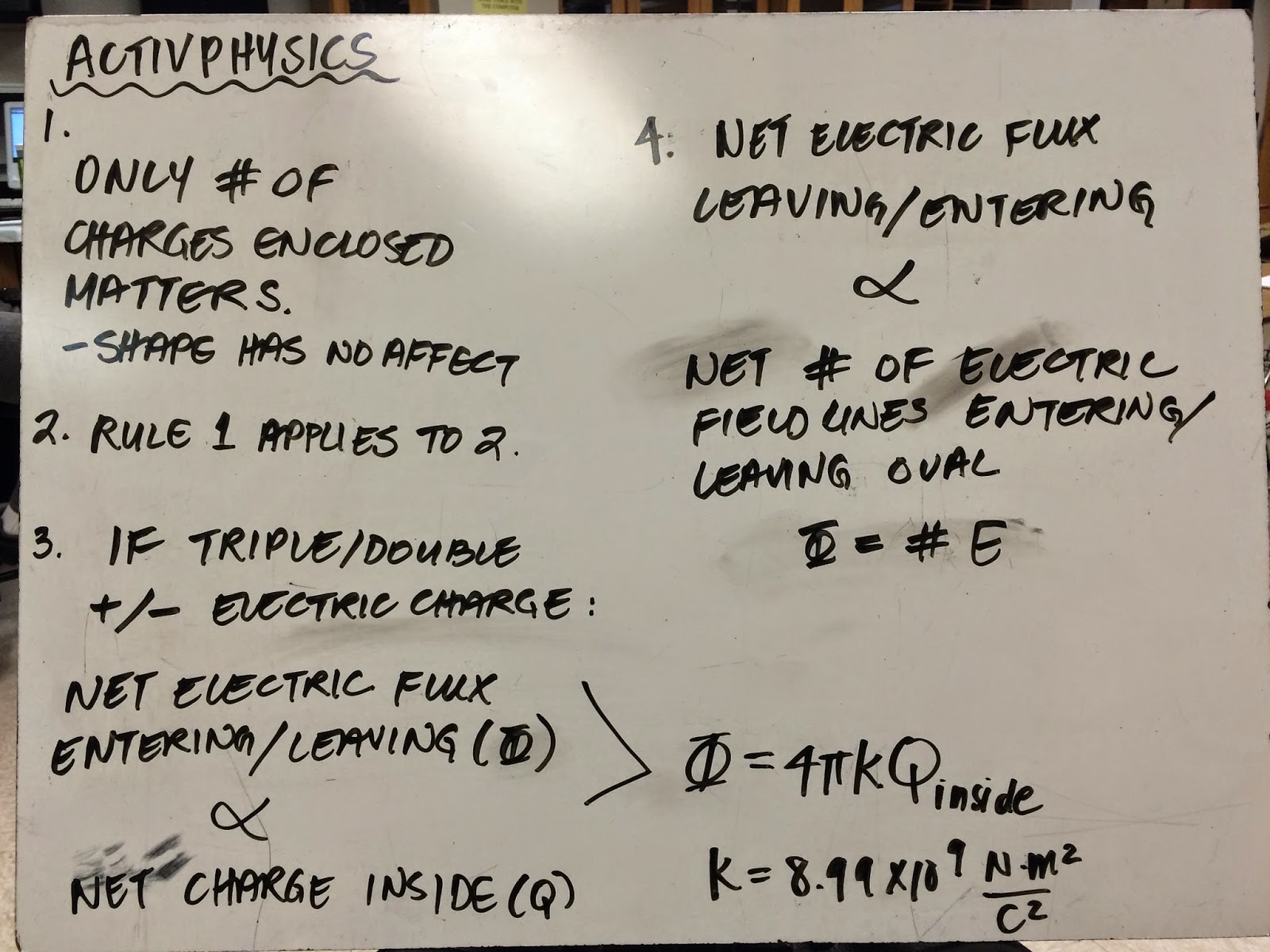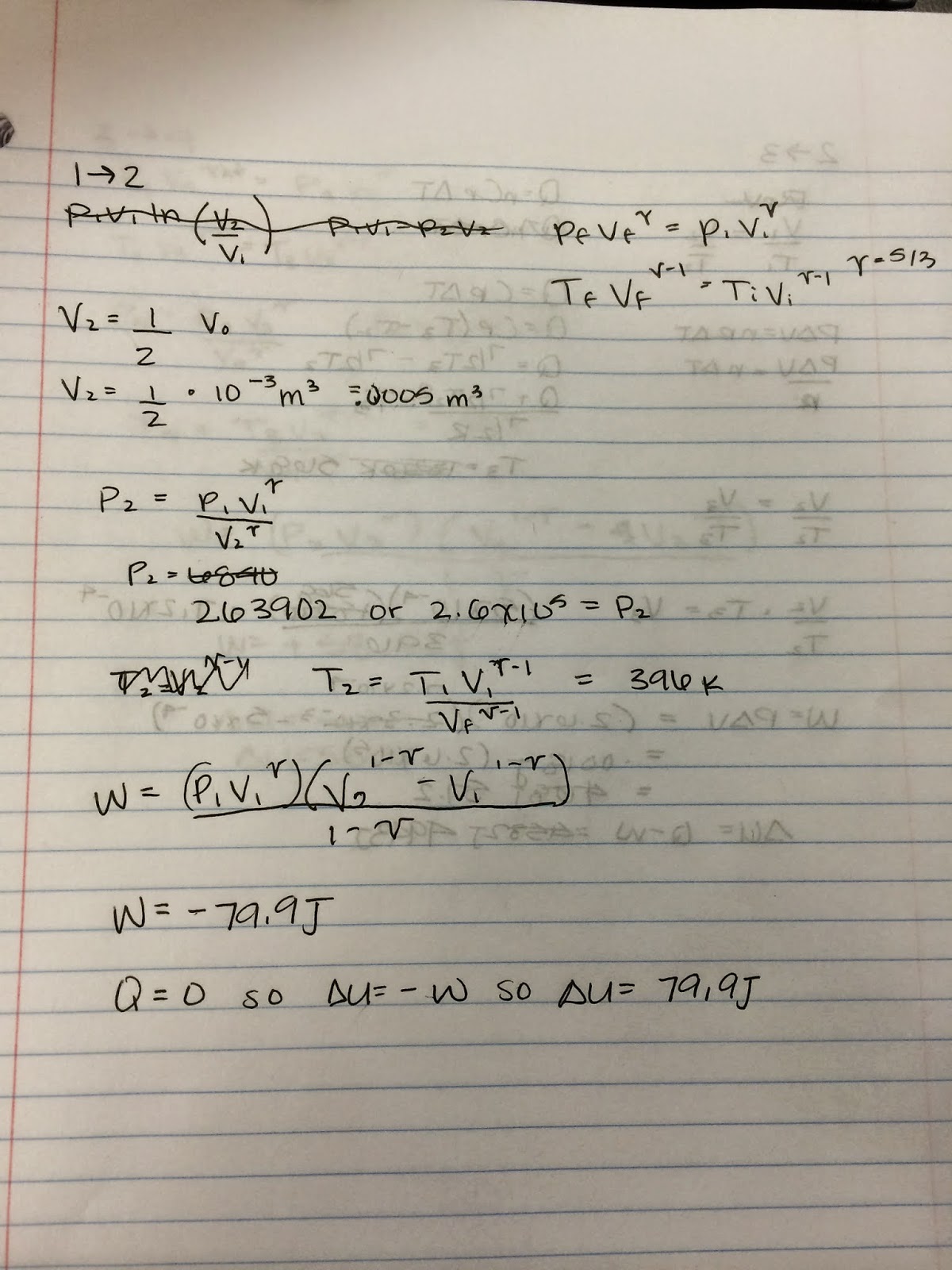Balloon and Electric Interactions

We were asked what we thought would happen when to a balloon
when placed on a wall after a pelt of fur were rubbed on the balloon. Our prediction of this situation was that the
balloon would slide down slowly because although there were some electric
attraction between the wall and the wall, that the gravity acting on the
balloon would make it slide down the wall.
The result was that the balloon actually stuck to the wall and didn’t
fall at all. What happened was that when
the fur and the balloon came in contact, the balloon stole the negative charge
from the fur so when the balloon touched the wall it stuck.
The balloon sticks to the wall because the
negative charge on the balloon forces the negative charges on the wall to move
away creating an induced positive charge which attracts the negative charge
from the balloon. The same thing will
happen between the balloon and the wall if the balloon is rubbed with a piece
of silk or even your hair!
Tape and Electric Interactions

First we stuck two different pieces of tape onto the table,
pealed the off, and brought the two non-sticky sides of the tape together. When brought together, the two pieces of tape
repelled each other. This is because the
tape stole positive charges from the table so when they were brought together
the same sides with the same charge repelled each other. It could also be seen that they closer the
two pieces of tape approached one another, the more they repelled one another. Next, two pieces of tape were stuck to the
table and another two pieces of tape were stuck on top of the pieces on the
table. First we pulled both strips off
the table and then the two pieces were pulled apart. When the two pieces that were on the table
were brought together they repelled a lot, when the two top strips that were connected
to the bottom strips they repelled slightly, and when the top pieces were
brought to the bottom pieces they were attracted to each other. The tapes that were repelled from each other
had the same charge and the tapes that attracted each other had opposite
charges. These results prove the
hypothesis that was given at the start of the experiment, there are two types
of electrical charges known as positive and negative.


Electric Force Law

We began this experiment with a 4A question and were asked
to find the angle that a ball hanging on a string has with the vertical after a
charged ball repelled the hanging ball.
The angle was found to be sin^-1(x2/L).
Now we are told that a child sits on a swing with mass m and that this
child is being pulled horizontally so that the string remains length l and at
the same theta found in the charged ball problem. The force the child is being pulled out at
was found to be F = tan (theta) *m*g and after substituting theta, we found the
force on the child to be F = tan ( sin^-1(x2/L))*m*g.

A video was given to us to use as data on
logger pro that was the charged ball hanging on the string and the charged ball
on a stick that repelled the ball on the string and made the string approach
theta. The video was went through frame
by frame and data points were taken on the video for each ball that were later
shown on logger pro. After all the
points were on logger pro, two new calculated columns were created. The first column was separation distance
between the hanging ball and the ball on the stick which was calculated as
(x2-x1). The next column calculated was the
electrical force from the ball on the stick on the hanging ball which we calculated
earlier and is the same force as the small child F = tan ( sin^-1(x2/L))*m*g. After we had our two calculated columns, we
made a plot of electrical force vs separation distance.

From our graph, we were able to show that the
electric force is inversely proportional to the square of the distance between
the charges because not only did our power fit equation of Ar^B give us a B
value of -2.088, but when we fit our graph to the equation A/x^2 it fit almost
perfect. In fact our B value from the power
fit equation only showed a 4.4% difference from the true value of 2. Next, we assumed that the charge on both of the balls was the same. With taking two values from our graph, the force and the separated distance, we calculated the charge of the balls which we found to be 3.23x10^-7 .

We then stated that if the charge of the hanging ball were to be half of the charge of the ball on the stick. We calculated the charge of the ball on the stick to be 4.57x10^-7 so if the charge of the hanging ball were to be half of that then the charge on the hanging ball would be 2.9x10^-7. As for the charge on the balls, this cannot be determined because although you know that the signs are the same (because the balls repel), there is not enough information to determine if they are positive or negative. Especially because when you solve for q its under a square root so the answer could be positive or negative.
Van de Graff Generator
How the Van de Graff Works

The Van de Graff Generator has a rubber band that spins in a circle. The band rotates down to the bottom of the generator and rubs a pad where it picks up electrons. The band then continues to the top and rubs against the wires connected to a metal pole and the charge is transferred from the band to the wires.
Hair sticking up on end

When a wig is placed on top of the generator, the electrons are transferred from the generator to the ends of the hair. Because the ends of the hair are now charged with the same sign of charge, they repel eachother which gives the hair the effect of it sticking up on its ends. When you place your hand on the hair, you hand absorbs the electrons and the hair falls down. Once you move your hand the electrons go back to the end of the hair and it sticks back up.
Franklin Motor

A Franklin motor is set on top of a van de graff generator and the electrons that are generated in the van de graff are transferred to the Franklin motor. The charge accumulates on corners and the large charge accumulation at those point makes the Franklin motor spin because the charges are exiting the generator at the ends of the rod.
 Ribbon
Ribbon
Ribbon was placed on top of the van de graff generator and when the electrons were transferred form the de graff generator to the ends of the ribbon, the ribbon stood up on its end. The reason the ribbon stood away from the generator is because the generator is releasing electrons and the ends of the ribbons are filled with electrons, making them repel one another.
Storm Ball
 The storm ball is filled with some type of noble
gas. A voltage is applied to the center of the storm ball. The center is an
electrical conductor used to make contact with a nonmetallic part of a circuit.
By applying the voltage to it, and electric field between the center and the
glass globe is made. This electric field allows electrons to move through the
gas and towards the glass of the ball. If you touch the plasma ball, all of the electrons
will go through you to the ground. You see only one big spark inside the ball
where you put your hand.
The storm ball is filled with some type of noble
gas. A voltage is applied to the center of the storm ball. The center is an
electrical conductor used to make contact with a nonmetallic part of a circuit.
By applying the voltage to it, and electric field between the center and the
glass globe is made. This electric field allows electrons to move through the
gas and towards the glass of the ball. If you touch the plasma ball, all of the electrons
will go through you to the ground. You see only one big spark inside the ball
where you put your hand.
 Pieces of aluminum foil were attacted by a string and hung
over a cage. That cage was then placed
on top of a van de graff generator which gave the cage a huge negative charge. We
were asked to predict what would happen to the pieces of aluminum foil when the
generator was turned on. We predicted
that when the generator were turned on that both of the pieces of aluminum foil
(inside and outside of the cage) would move away from the cylinder. The answer was that only the pieces of
aluminum foil on the outside of the cage moved away. This is because of shielding; conductors want
to be as far away as possible so that the net charge inside the cage is
zero. It is now known that the electric
field inside a conductor is always zero because of shielding!
Pieces of aluminum foil were attacted by a string and hung
over a cage. That cage was then placed
on top of a van de graff generator which gave the cage a huge negative charge. We
were asked to predict what would happen to the pieces of aluminum foil when the
generator was turned on. We predicted
that when the generator were turned on that both of the pieces of aluminum foil
(inside and outside of the cage) would move away from the cylinder. The answer was that only the pieces of
aluminum foil on the outside of the cage moved away. This is because of shielding; conductors want
to be as far away as possible so that the net charge inside the cage is
zero. It is now known that the electric
field inside a conductor is always zero because of shielding!
















































